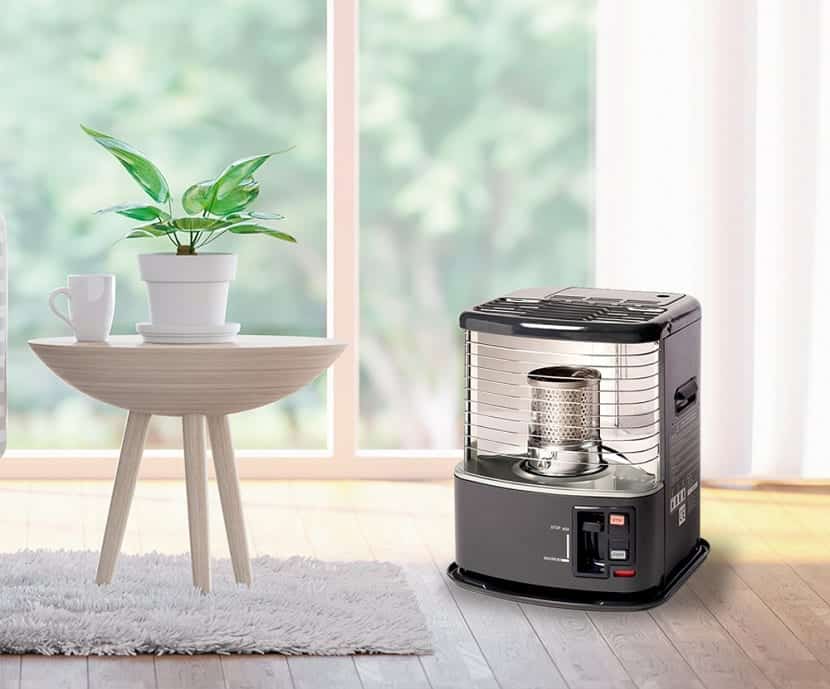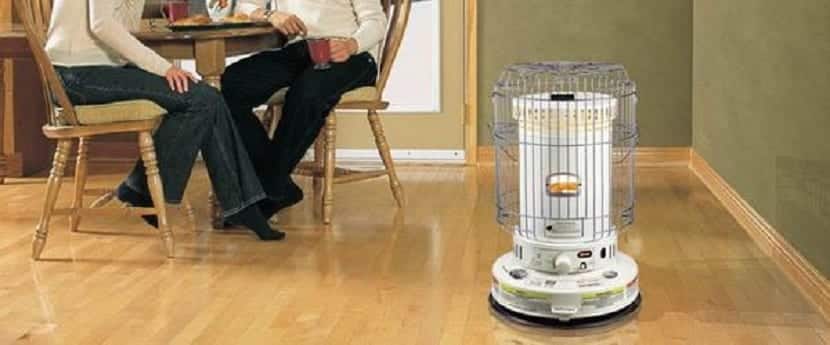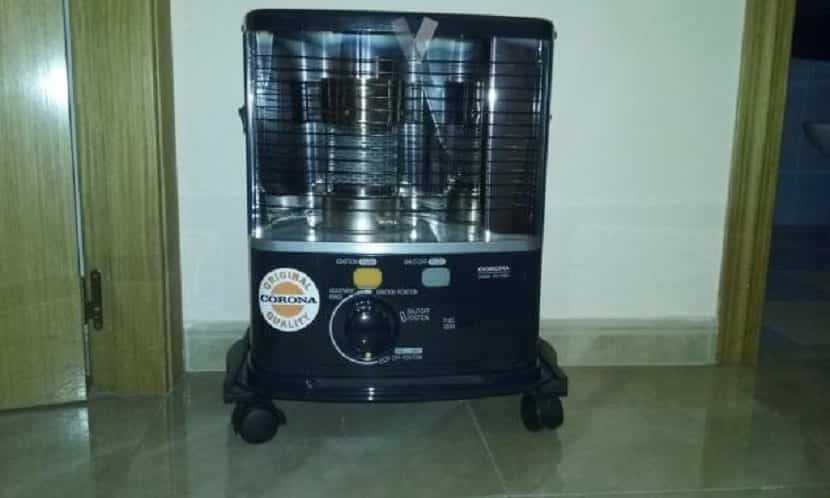
For the cold season it is vital to have some heating in the home to help us stay warm after arriving from work or from the street. There are many types of heating and each one has advantages and disadvantages that must be taken into account when using them. The first aspect that is taken into account is consumption. We must avoid at all costs that at the end of the month they nail us in the electricity bill. Therefore, today we come to talk about how a paraffin stove.
Do you want to know everything related to this type of stove and its qualities? Read on to learn more.
Paraffin stove characteristics

It is normal that, when it is quite cold, we want to heat the house as quickly as possible. Therefore, the first thing that is usually used is an electric heater. As accelerated heating it does not present any problem. On the contrary, it is an excellent heater that heats the room in no time. However, we can see that, once the electricity bill reaches us, we have chosen a bad option.
So that this type of situation does not occur, we find the paraffin stove. The size of the stove is similar to the electric ones and they use paraffin as fuel. This fact has some advantages over the previous one.
The heat that it gives us is much more pleasant since it is not so concentrated. It spreads throughout the room to equalize the temperature in all corners. Otherwise, the rapid heat sensation comes from an uneven distribution of heat. In areas further from the stove it will be colder than in the closest area. With paraffin, it is equal throughout the room.
Another advantage it has is the reduced consumption. Comparing the consumption of a paraffin stove that is used an average of 4 hours a day for 5 days a week in winter, reduces the cost to about 33 euros per month, compared to 44 euros that we would use the electric stove.
In addition, we have a heating with high performance without the need for installation. You just have to take them out of their packaging and fill the fuel tank.
Types of paraffin stoves

There are different types of paraffin stoves depending on how they work.
Wick paraffin stoves
The first type does not need an electrical connection of any kind and is very simple to use. We will just fill the tank with fuel and it will work. If it is the first time you use it, you must wait at least half an hour after pouring the fuel so that the wick soaks well and does not burn out prematurely. This only has to be done the first time after the stove has been released. The rest of the time, its use is instantaneous.
Laser stoves
It is another type of paraffin stoves. This model does require electricity as it has an electronic system to better control some aspects of heating. These advantages offer a better service than wick stoves. For example, have an electronic control of the burner, thermostat, fuel saving function, etc. In addition, they have the advantage that they can be programmed to use it at certain times of the day and arrive home with the house already warm.
With the fan that it has, it helps distribute the heat evenly throughout the room and not like electric stoves do. Laser stoves are somewhat more expensive.
Requirements for good operation

Obviously, there are some requirements for these stoves to function properly. Location is one of them. It is not the same to place the stove on one side of the room than on the other. To optimize performance, we are going to tell you where you should place it.
The first thing is to see the size of the room where we are going to place it. These stoves are manufactured to heat rooms of 50 square meters maximum of size. Since paraffin gives off a sometimes not so pleasant smell, it is important that the room is ventilated. It is not at all advisable to use it in bathrooms or bedrooms since the gases emitted in high concentration can be toxic.
The advantage of laser stoves is that they have a sensor that is capable of detecting if the concentration of gases is too great to harm humans and automatically stops broadcasts. For country houses where the electrical connection is low power or there is no electrical connection, the wick stove is a great option.
Cleanliness is an important thing to consider when using paraffin stoves. If they are not cleaned with a certain frequency, we will be causing their deterioration and they will end up spoiling. Its maintenance is quite simple. You just have to keep a few things in mind:
- Press the power button no more than 4 seconds or we will burn the resistance.
- At the end of the winter season, let the stove consume all the paraffin so that the wick dries and does not harden.
- If the resistance does not work, you just have to change it by opening the housing, removing the damaged one for a new one.
Maintenance should not cause problems.
Consumption of the paraffin stove

The consumption of a paraffin stove is determined by the power. The higher the power, the higher the consumption. To buy paraffin, we must buy 20-liter drums with a price of around 40 euros. Depending on the power you have the stove can consume between 0,13 and 0,30 liters per hour. As you can see it is a miniscule consumption.
Today the most widespread use of these stoves is in areas where there are drafts. For example, in public offices where the doors open and close it is ideal, since they are able to quickly heat the room again and distribute the heat better.
I hope that with this information you can learn more about paraffin stoves.